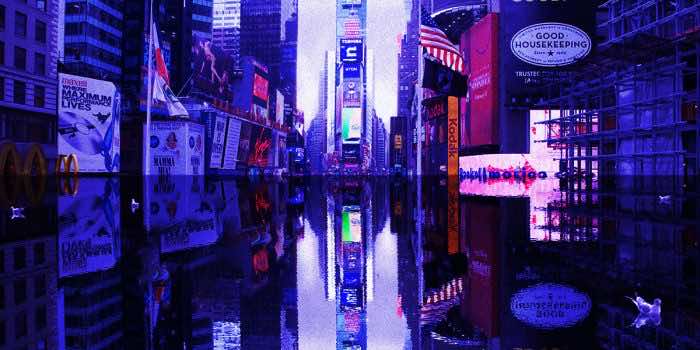For most people, it doesn’t really matter what goes on behind the scenes of a construction project, but did you know there’s more to it than meets the eye? From brainstorming, to bringing on architects and designers, to hiring contractors to complete the project, there’s no step in the process that doesn’t involve technology of some sort.
Is an Architectural Technologist Considered An Architect?
The short answer: no. While architectural technologists can certainly design buildings, the level of skill and education is generally less encompassing than what is required for an architect. Architects are required to hold advanced degrees and meet very specific criteria in order to register for the ARB (Architectural Review Board).
What Is Architecture Design Technology?
Architecture design technology is a fancy phrase for new and innovative ways in which modern construction is designed. The use of technology has advanced construction tremendously over the last 20 years and there’s no indication that it’s slowing down. In order to stay ahead of the competition, firms are required to be knowledgeable and prepared to have the most advanced technology at their fingertips.
Examples Of Architecture Design Tech
- 3D Printing
Perhaps you’ve heard of printers that are able to replicate two-dimensional designs and print the actual object right before your eyes. The advantages of using 3D printers are that you can rapidly produce a prototype, they don’t require molds, and there’s significantly less waste due to the manner in which the item is produced. 3D printers can be used for a variety of projects and have even been used to design entire houses.
- Virtual Reality
Virtual Reality is well-known in the world of video games, but did you know that you can also use it to design buildings? VR platforms allow for collaboration in construction. Using a virtual reality program also allows redesigns to occur in real-time, without the cost and hassle of reconstructing a physical model.
While using VR, contractors, and designers are able to physically see the building take hold through every step of the design process. It’s like being fully immersed in a project before it even exists.
- Smart Technology
Ever heard of Alexa? Sure you have. Smart technology, like Alexa, is anything in your home or commercial building that is connected wirelessly and has the ability to be controlled remotely. Things like thermostats, door locks, home security systems, and even HVAC systems have SMART options. With the tap of an icon on your phone, you can literally control your entire home or office.
- Digital Sketchbooks
These handy gadgets allow architects, designers, and contractors to collaborate on projects without the use of pen and paper or traditional small scale building tools. It’s no longer necessary to sit at a drawing table for hours while you sketch out and meticulously measure every aspect of a building’s blueprints. Digital sketchbooks allow multiple users to be working on a project simultaneously as well.
- Green Building Technology
Let’s not forget about being environmentally conscious in the final designs. Did you know that 25% of Virginia contractors expect an increase in green energy contracts in the coming years? Green energy includes items such as solar panels, self-healing concrete, and even the inclusion of literal green spaces in new construction.
How Are Contractors Impacted By Architectural Technology?
As you can see, there’s no shortage of technology at the disposal of those in the construction trades. When it comes to contractors specifically, when designers utilize all of the advances and tools at their disposal, construction sites see the impact.
Safety is the biggest area impacted and that pertains directly to contractors as it’s their responsibility to ensure job sites are safe. Using virtual reality and 3D printing, catastrophic design flaws that can potentially put workers in danger are able to be identified early. This impacts the end-consumer as well. If a building is designed poorly, it could eventually come down on the contractor.
World’s Most Advanced Architectural Structures
- The Edge, Amsterdam
This building is cited as the most energy efficient building in the world
- Taipei 101, Taiwan
Noted as the tallest green building in the world, the Taipei is 101 floors and is equipped with a pendulum that keeps the building from toppling over in the event of massive storms.
- Bullitt Center, Seattle
The Bullitt Center’s roof is 30% covered in solar panels that produce more than enough energy to power the building in a year. It also hosts a rainwater catchment system that redirects rainwater throughout the building and composting toilets to minimize waste.
Technology is literally everywhere you look these days and keeping abreast of design tools is critical in taking Virginia architecture and its contractors to the next level. Not only does it expedite the design process, technology is responsible for creating some of the greatest ecologically-minded engineering projects in the world.


